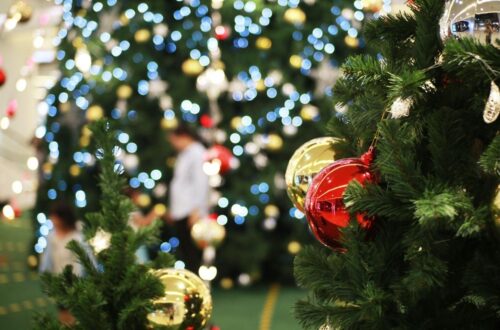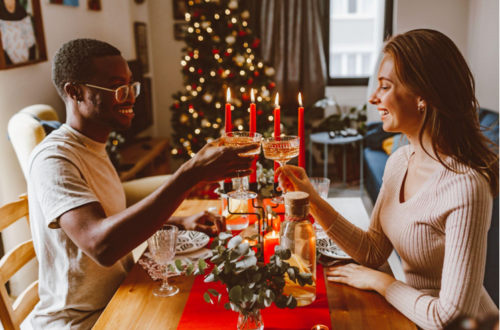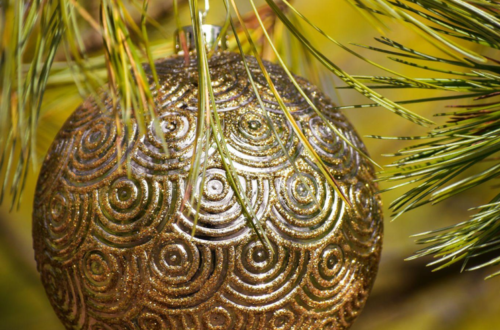
How Christmas Decorations Began, What They Mean Today, and Where They May Be Headed
One of the most beloved customs associated with the Christmas season is decorating a tree. Every year, families get together to unpack their most treasured Christmas decorations and create new traditions. Many of these recollections become the foundation for rituals that are carried on from one generation to the next.
Why, then, do ornaments play such a significant role in modern Christmas celebrations?
Christmas Decorations: A Brief Overview of Their Origins
To celebrate the coming of spring when the leaves dropped off, Germans began decorating trees with fruits and nuts, which eventually evolved into the modern Christmas tree.
The first indoor fir tree was decorated with paper flowers, candles, nuts, and fruits in 1605. Decorating a tree inside quickly became a tradition in households all over Germany.
Immigrants from Germany carried the custom to the United States in the nineteenth century, where it was adapted by locals. Fruit (particularly apples), nuts, strings of popcorn and cranberries, paper streamers, candles, and metal foil were all used to make early decorations. That’s why they came: to display the creativity of the United States.
It’s interesting to note that the concept of decorating a tree with lights predates the advent of Christmas lights. Small pieces of foil were frequently used to increase the tree’s luster and reflect ambient light.
The Typical Christmas Ornaments
You know, those packages of plastic balls you use to adorn your Christmas tree? Those, too, have their roots in Germany.
In the 1800s, glass ball ornaments (also known as baubles) were first mass-produced by Hans Greiner. It was the ambitious F.W. Woolworth in the late 19th century who introduced the concept to the United States, where he subsequently made over $25,000,000 annually in sales.
Injection molding (the process of pumping molten material into a mold) with plastics was used by manufacturers in time, opening the door to a wider range of shapes and sizes.
Curiously enough, the original ornaments, which consisted of fruits and nuts, were spherical, which explains why baubles are typically round too.
The Christmas Star
Do you know the religious significance of the Christmas star you see on top of trees and hung from branches?
The three magi (or wise men) followed a peculiar star they saw in the sky to the stable where Jesus was born. They followed the star to the stable where baby Jesus was being cared for, and they brought him expensive presents of gold, frankincense, and myrrh. Nowadays, we ornament Christmas trees with stars that stand in for the actual Star of Bethlehem.
Fun fact: although being commonly referred to as “the three kings,” the wise men were not royalty. They were more akin to astrologers in that they studied astronomical patterns and were hence highly respected.
Candy Canes
We use candy canes for both decorating the tree and stuffing stockings at Christmastime. It was in Germany, about 1670, when the candy cane first appeared as a holiday staple. The “J”-shaped candies were made to keep kids quiet during Christmas services, and they were meant to symbolize the crooks of the shepherds’ staffs as they came to see infant Jesus.
The peppermint coloring and red stripes both debuted around the year 1900. Christians attribute the peppermint flavor to the hyssop plant mentioned in the Bible and the red stripes to Jesus’ blood shed on the cross.
Fun fact: the first candy canes were simply “sugar sticks,” without any added flavoring or coloring.




